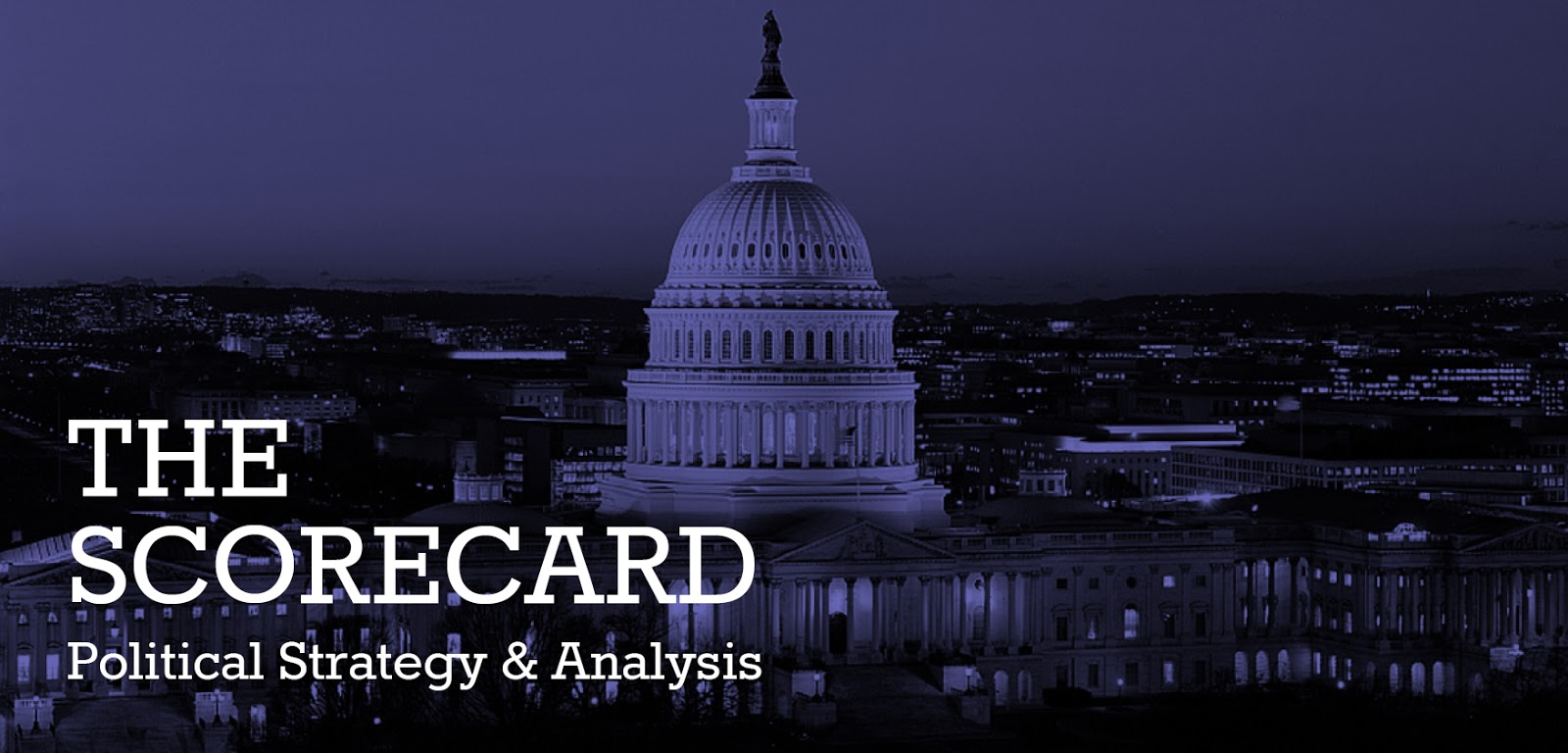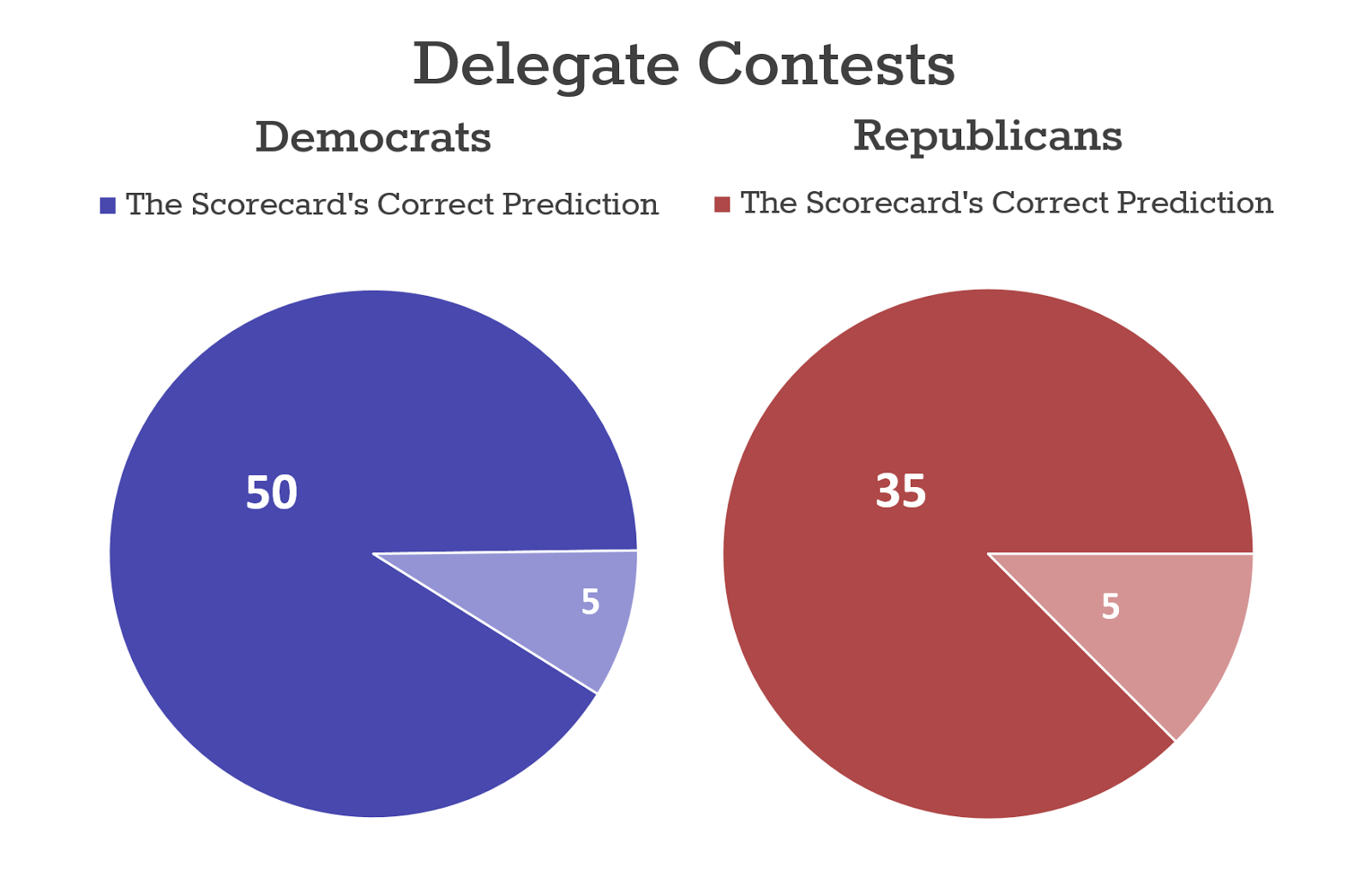So,
as you all may have seen, former Starbucks CEO and former Democrat,
Howard Schultz, is contemplating entering the Presidential race as an
Independent candidate. This is bad news based at best on a willful
misreading of the facts. There are lot of reasons why this would be an
ill-fated effort. But let’s start with a basic point. It is almost
impossible for Schultz to get to a point where he wins. Every time one
of these potential third-party challenges pops up, we are treated to
some polling results that suggest Americans have a deep and abiding
hunger for an independent candidate. But the 2016 election gives us at
least somewhat of a guide to logical problems lurking within this
conclusion.
In
2016, both the Democratic and Republican candidates were massively
under water on their favorability numbers. According to the exit poll: Hillary Clinton was viewed
favorably by 43% of the electorate; Donald Trump by an even lower 38%.
Hence the rush to imagine that there is plenty of room for an
Independent.
But let’s look a bit deeper. 82% of the total electorate
expressed a favorable opinion of one or the other of them. This buoyant
number had held despite the relentless surge of negative information
about both major party candidates. Only 18% didn’t like either of them.
Those voters are vastly different and came to vastly different
candidate choices, with 47% backing Trump, 30% backing Clinton and 23%
choosing someone else. Opinions on Trump have basically not changed one
inch since 2016. 38% had a favorable opinion in 2016; his job approval
today sits on 39.8%. There is no evidence for suspecting a dramatic
difference between job approval and favorability for Trump at the
moment. Whether it is 38% or 40%, this is not a particularly good
number for an incumbent President, but it does appear at least somewhat
solid. While some polls have it lower and some polls have it higher,
the general point of the 38%-40% range holds. While in theory some
softening is possible, there is no real reason to believe it will fall a
lot. Indeed, whatever appeal Schultz might have to those who voted for
Trump to avoid what they saw as a worse option in Hillary Clinton, it’s
hard to see him making any real inroads with people who like Trump even
if their affection is slightly soft. Accordingly, Trump has an excellent
chance to receive at least 38% of the vote.
To
beat Trump’s expected floor of 38%, Schultz would need to win 63% of
the remaining vote, which presumably will be cast by Trump
opponents. This is an exceptionally tall order, since Schultz would be
running against a Democratic nominee who will have won in a field of
very impressive candidates. The long odds might still dawn on Mr.
Schultz, and he may still decide against entering the race. But one of
the key problems of his very public consideration of an Independent bid
is that it highlights divisions within the opposition to Trump. In
2016, even the slightest division within the opposition was used by
foreign adversaries to help Donald Trump. Heading into 2020, they will
be looking for similar opportunities. Howard Schultz presents such a
wedge, gift-wrapped and ready to be exploited all over social media.
Among the potential Democratic candidates, views range widely from the
Democratic Socialism of Bernie Sanders to the hard-nosed business
perspective of Michael Bloomberg. This range could produce a healthy
discussion of policy that might ultimately lead to good
governing. However, as we saw during the Affordable Care Act fight and
the elections through Trump’s electoral college victory in 2016, policy
discussion can quickly become nasty, bitter and fearful.
For
example, many Democratic candidates are embracing Medicare for
All. This idea polls very well, until its supporters are pushed into
admitting that at least some and maybe many people will lose their
private insurance. Then the numbers plummet. Such complications inside
policy ideas will eventually matter if they are brought to bear
skillfully in the campaign. Since Donald Trump has bad numbers, his
major goal will be to drag his opponent’s numbers down to where his own
numbers are at least close. Trump needs fear or disdain of his opponent
to achieve re-election. However, since he has bad trust numbers, it is
hard for him or his campaign to convince people beyond his base of his
policy ideas.
Howard
Schultz, however, can do it for them. Trump will gain enormously if
negative information about Democrats is thrust into the public
sphere. Already, Elizabeth Warren and Howard Schultz are feuding.
Negative attacks he might launch on her may turn out to be more powerful
than what Trump might do. Most elections, unfortunately, are often more
about feeling than policy, and voters can easily remember the negative
feeling Schultz might evoke about one of his rivals, even if the voter
forgets what it was about. More conflict is good for Trump, and a
candidate who is not trying to win over primary voters is better
positioned to create havoc than one who must court primary voters.



